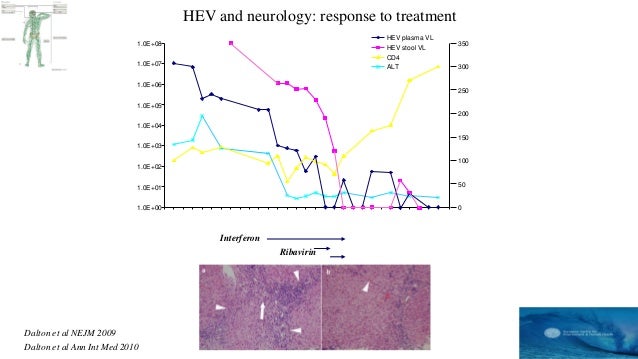

7 On the basis of HCV sequence variability, six genotypes have been defined, 8 with different distributions according to region. 5 Infection is limited to humans and, in artificial situations, non-human primates 6 however, no animal reservoir exists for the virus. HCV is a blood-borne virus transmitted by percutaneous exposure to infected blood or blood-derived body fluid. 2, 3 HCV is also thought to be the cause of ∼25% of all liver cancers worldwide 2 and it is the underlying aetiology of ∼30% of all liver transplantations in developed countries. 1 Worldwide, 130–170 million people are estimated to be infected with HCV and 350,000 people are predicted to die from the consequences of HCV infection each year. HCV, an hepatotropic RNA virus from the Flaviviridae family, is responsible for the majority of post-transfusion and non-A, non-B chronic hepatitis infections. Access to treatment is moving up on the agenda of international and non-governmental organizations in conjunction with the future availability of highly efficacious oral drug regimens. In these countries, reducing the HCV burden has been hampered by limited access to treatment, largely owing to the cost of drugs. This approach requires training of health-care providers and also structural changes and financial investments in countries where antibody screening, disposable materials and effective sterilization procedures are not routinely available. In resource-limited countries, the priority is reducing transmission through blood transfusions and invasive medical procedures. Currently, the main approach to reduce the HCV disease burden is by increasing awareness of both the public and health-care providers to hepatitis C, enhancing screening opportunities and treatment of the infected population.

As most new cases originate from injection drug use, harm-reduction programmes (including opiate substitution, needle exchange and health education) can greatly reduce HCV transmission. In industrialized countries, HCV transmission through blood transfusions has been virtually eliminated and iatrogenic transmission occurs only sporadically during local breaches of infection control procedures. The main routes of transmission are blood transfusions, medical procedures and injection drug use. HCV is a blood-borne virus transmitted by percutaneous exposure to infected blood or blood-derived body fluids. Training in hospital infection control procedures and their regulation are required to reduce iatrogenic transmission of HCV in resource-limited settingsĭrug treatment might prove to be an effective method of reducing transmission in populations with a high prevalence of HCV infection HCV transmission amongst people who inject drugs can be reduced by implementation of needle-exchange and opiate-substitution programmesĬheap, reliable and robust nucleic acid testing assays for screening pooled blood donations are urgently required in resource-limited settings to reduce HCV transmission HCV transmission through sexual activity is rare amongst heterosexual couples, but is increasingly recognised amongst men who have sex with men, in whom traumatic sexual practices and HIV infection are associated with increased risk

The main route of HCV transmission in industrialized countries is injection drug use, whereas in resource-limited countries the major routes are iatrogenic, blood transfusions and medical procedures


 0 kommentar(er)
0 kommentar(er)
